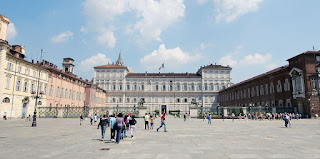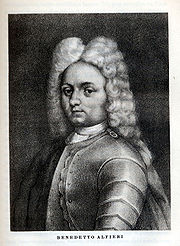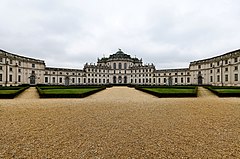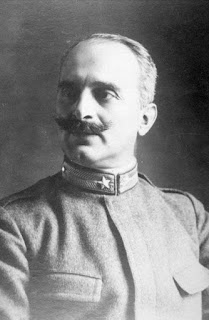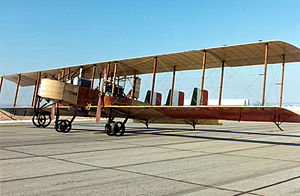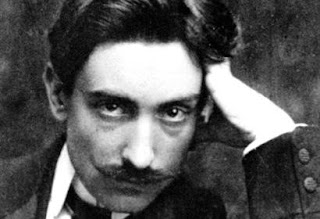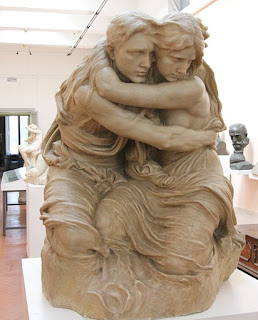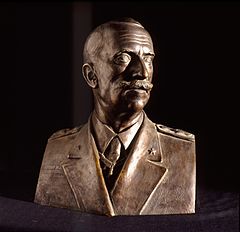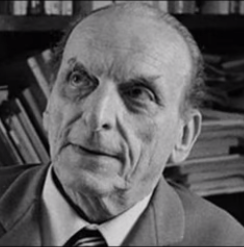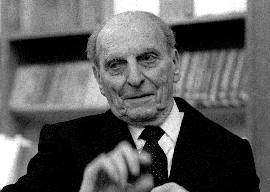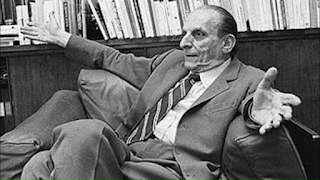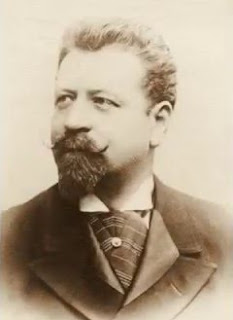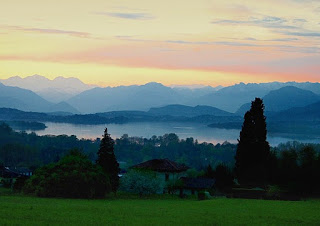Savoy prince who became a brilliant soldier
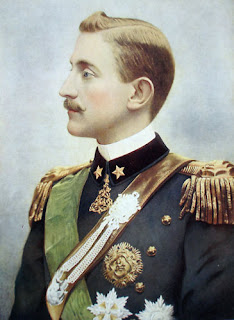 |
| Emanuele Filiberto was a brilliant soldier who became known as the 'Undefeated Duke' |
The Prince successfully commanded the Italian Third Army during World War I, earning himself the title of the ‘Undefeated Duke.’ After the war he became a Marshall of Italy.
Emanuele Filiberto was the eldest son of Prince Amedeo of Savoy, Duca d'Aosta, and his first wife, Donna Maria Vittoria dal Pozzo della Cisterna, an Italian noblewoman.
In 1870 Prince Amedeo was elected to become King of Spain but he resigned after three years on the throne and returned to Italy, declaring Spain ‘ungovernable’. In 1890 Emanuele Filiberto succeeded his father to the title of Duca d'Aosta.
The Duke began his army career in Naples in 1905 as a Commander. His record while in command of the Italian Third Army led to his troops being nicknamed ‘armata invitta’ - undefeated army - despite some of the heavy losses suffered by Italian troops under other commanders during World War I.
After the war, in 1926, he was promoted to the rank of Marshal of Italy by Benito Mussolini in recognition of his long and successful service to his country.
 |
| Emanuele Filiberto was married to the beautiful Princess Hélène of Orléans |
Princess Hélène was a member of the deposed Orléans Royal family of France. Her hand in marriage had previously been sought by heirs to the thrones of both the United Kingdom and the Russian Empire but neither alliance took place.
Hélène was born in exile in Twickenham in England and spent many years living in England and Scotland.
Considered a great beauty at the time, her parents had hopes that she would marry an heir to a throne.
There was too much opposition to her marrying the eldest son of Edward VII, Prince Albert Victor, Duke of Clarence and Avondale, because Hélène was a Catholic. The Duke of Clarence was said to be very much in love with her and never got over it.
She was also suggested as a bride for Tsar Nicolas II, but he did not pursue his parents’ choice of Hélène as a bride because he was already in love with someone else.
The marriage between Hélène and Prince Emanuele Filiberto of Savoy, second Duke of Aosta, took place at the Church of Saint Raphael in Kingston upon Thames, at a time when the Duke was second in line to the Italian throne. The wedding was attended by Crown Prince Victor Emmanuel of Italy and members of the British Royal family.
 |
| Emanuele Filiberto with his eldest son, Amedeo, in their military uniforms |
During World War I, Hélène, who had trained as a nurse, became head of the Italian Red Cross nurses and spent much of her time near the front line. She is remembered for improving sanitary conditions in military hospitals.
She was awarded the Italian Silver Medal for Bravery and also received awards from other countries. Her wartime diary was later published, with an introduction written by Mussolini, and sold in aid of the Italian Red Cross.
Prince Emanuele Filiberto died in 1931 in Turin and was buried, according to instructions in his will, in the military cemetery of Redipuglia, together with thousands of other soldiers from the Italian Third army.
Among the many Italian honours and decorations he received was the Gold Medal of Military Valour, awarded in 1937. He was also made a Knight of the Order of the Garter by the English King, Edward VII in 1902.
His wife, Hélène, remarried to Colonel Otto Campini in 1936.
 |
| The Ponte Duca d'Aosta, which spans the Tiber in Rome, was constructed in 1942 |
The Duke of Aosta Bridge in Rome, built in 1942 to a design by Vincenzo Fasolo, was named after Prince Emanuele Filiberto. It connects the area of Lungotevere Flaminio with the area around the Foro Italico, then known as the Foro Mussolini. The bridge has a bas relief by Ercole Drei has scenes on battles on the rivers Tagliamento, Isonzo, Sile and Piave and other episodes from the First World War.
 |
| The vast memorial at the Redipuglia cemetery. The remains of Prince Emanuele Filiberto are buried in the sepulchre (right) |
The Redipuglia military cemetery, where Prince Emanuele Filiberto was buried among his men in line with instructions left in his will, is located on the Karst Plateau near the village of Fogliano Redipuglia, in the Friuli Venezia Giulia region. It consists of a vast memorial, the largest war memorial in Italy and one of the largest in the world, housing the remains of 100,187 Italian soldiers killed between 1915 and 1917 in the eleven battles fought on the Karst and Isonzo front. It was built between 1935 and 1938 on Monte Sei Busi, one of the rocky hills of the Karst Plateau for which a bitter battle for possession was fought during the early stages of the Isonzo campaign. At the base of the memorial, seven sepulchres contain the remains of Prince Emanuele Filiberto and six other generals killed in action.
Also on this day:
1898: The birth of opera star Carlo Tagliabue
1936: The birth of operatic baritone Renato Bruson
1950: The birth of actress and author Veronica De Laurentiis
1970: The birth of tragic cycling star Marco Pantani
Home







